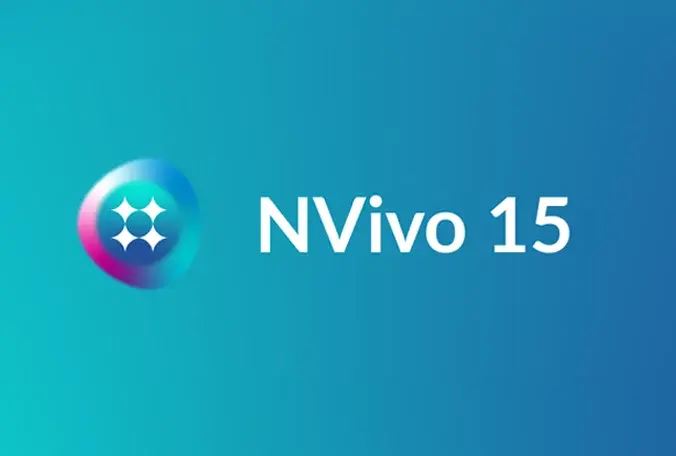Which Verbatim Style Is Best for Interviews, Focus Groups, or Research?
- Claude Annoh
- May 27
- 3 min read
Updated: Jul 21
When conducting qualitative research, the quality of your data doesn’t end with how you ask the questions. It also depends on how responses are captured and preserved. Whether you’re working with recorded interviews, focus groups, or open-ended conversations, transcription plays a critical role in shaping the depth and clarity of your analysis.
One major decision researchers often face is choosing between full verbatim and clean verbatim transcription. Each style has its place, and knowing which one is right for your project can save you time, preserve authenticity, and ensure your insights are grounded in accurate representation.
What Are Verbatim Transcription Styles?
Verbatim transcription is the process of converting spoken audio into written text exactly as it is heard.
There are two main styles:
Full Verbatim: Also known as "strict" or "true" verbatim. This includes every word and sound, such as:
Filler words ("um," "uh," "you know")
False starts ("I was going to, well, I mean...")
Stutters or repeated words ("I-I-I don't know")
Non-verbal sounds ("[laughs]," "[sighs]," "[background noise]")
Pauses, incomplete sentences, interruptions
Clean Verbatim: Also called "intelligent" or "edited" verbatim. This style cleans up the transcript while keeping the meaning. It removes:
Fillers and repeated words
False starts and corrections
Irrelevant sounds and background noises
Non-essential non-verbal elements
Full Verbatim: When Every Detail Matters
Best for:
Linguistic studies
Discourse analysis
Legal depositions
Behavioral research
Psychotherapy sessions
Projects where how something is said matters just as much as what is said
Example Audio:
"I, uh, I was kind of thinking that, maybe, um, it could work, you know? Like, I mean, if we just try a bit harder..."
Full Verbatim Transcript:
"I, uh, I was kind of thinking that, maybe, um, it could work, you know? Like, I mean, if we just try a bit harder..."
This style captures hesitation, uncertainty, tone, and communication patterns that may be critical to your analysis.
Pros:
Complete linguistic record
Great for behavioral and conversational analysis
Captures emotion, pauses, and speaker dynamics
Cons:
Can be harder to read
Takes longer to produce and review
May include distracting elements for general reporting
Clean Verbatim: Clear and Focused on Meaning
Best for:
Academic research that focuses on content
Market research summaries
Thematic analysis in social sciences
Business interviews and stakeholder feedback
Reports or presentations
Example Audio:
"I, uh, I was kind of thinking that, maybe, um, it could work, you know? Like, I mean, if we just try a bit harder..."
Clean Verbatim Transcript:
"I was thinking that maybe it could work if we just try a bit harder."
Clean verbatim makes transcripts easier to read and analyze, especially when looking for patterns or themes.
Pros:
Easy to read and review
Focuses on the speaker’s main message
Works well for reporting and quoting
Cons:
Removes subtle speech cues
Less useful for tone or behavior analysis
Side-by-Side Comparison
Feature | Full Verbatim | Clean Verbatim |
Includes filler words | Yes | No |
Captures false starts | Yes | No |
Non-verbal sounds | Yes (e.g., [laughs], [sighs]) | No or limited |
Best suited for | Behavioral and language research | Thematic analysis and summaries |
Readability | Lower | Higher |
Editing time | Longer | Shorter |
Which One Should You Use?
Choose Full Verbatim if:
You need to analyze how something is said
Your work involves group dynamics, tone, or speaker behavior
You're in linguistics, therapy, or legal work where details matter
Choose Clean Verbatim if:
You’re focusing on the message and ideas
You need readable transcripts for reports or analysis
You’re working with large volumes of content
What About a Hybrid Option?
Some researchers prefer a custom approach. In this hybrid style, filler words are removed, but important non-verbal cues like [laughs] or [long pause] are kept. This works well for:
Focus groups with emotional reactions
Personal interviews where tone is relevant
Transcripts that will be quoted but still need emotional context
Final Thoughts
There is no single best transcription style. The right choice depends on your research goals, your audience, and how you plan to use the data.
At QualTranscribe, we offer both full and clean verbatim transcription, along with hybrid options customized to your needs. Whether you're preparing for academic research, market studies, or institutional reports, we can help you choose the right approach. Reach out to us, we'll respond in 1 hour!


